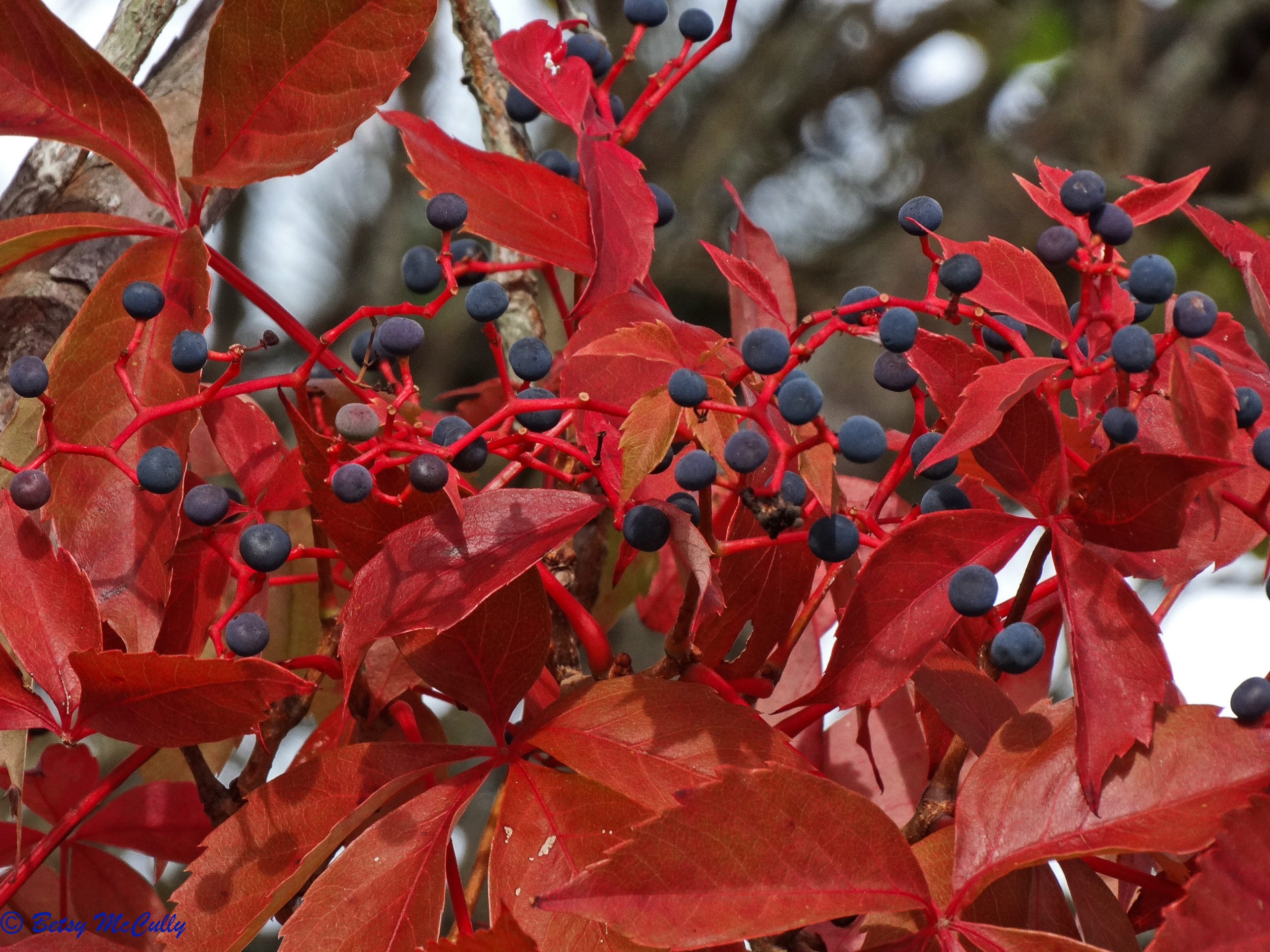

In 2014, the Virginia Creeper Trail was inducted in to the Rail-to-Trail Hall of Fame. Since the demise of the railroad, efforts by volunteers as well as state and federal governments have been concentrated on developing the trail into its present state as a National Recreational Trail.

The Creeper had failed to make a profit since the Great Depression and ran its last train on March 31, 1977. The railway hauled passengers and supplies into and lumber and iron ore out of the mountains for over 70 years. By 1914 the rail line was extended to Konnarock and Elkland, North Carolina. Eastern painted turtle can be spied in surrounding moist areas along with wood frog and eastern garter snake.Īlthough used for centuries by Native Americans, the trail took on its more recent look just after 1900 when the Virginia-Carolina railroad was built to link Abingdon with Damascus. The pond near the start of the trail hosts green heron, and belted kingfisher.
/taxonomy-of-virginia-creeper-2132897-7-f2e050c4c9b547a99f0b7332b676484a.jpg)
Species to look for include ruby-throated hummingbird, woodpeckers, northern flicker, eastern kingbird, and a multitude of other songbirds. The occurrence of numerous mulberry trees and nest boxes along the trail make them easily approachable. The trail woodlands hold a complexity of open country birds. Birders need to be aware of other users, especially cyclists and equestrians along the trail. At its Abingdon launch, the trail winds its way 3.7 miles through woods, fields, and over Great Knobs to the tiny settlement of Watauga. Across from the parking area is an information center behind it to the right sits the Virginia Creeper Engine and tender from which the trail gets its name. This avian-rich National Recreational Trail begins in Abingdon. This information is typically posted on a site's own website. If this document didn’t answer your questions, please contact HGIC at or 1-88.Important Notices COVID-19 & the VBWT Before heading out to visit a site on the Virginia Bird & Wildlife Trail, be sure to check if that site has any COVID-19 policies or closures in place. For more information on growing Virginia creeper, see HGIC 1101, Vine Selections for Landscaping and HGIC 1716, Plants for Shade. My opinion: Virginia creeper is a drought-tolerant, low maintenance vine that needs to be correctly identified and used in your landscape. Some consider it exuberant and others as weedy (see Weed of the Month-Virginia creeper).
#Virginia creepr full
NOTE: ‘Monham’ requires extra attention to remove any shoots whose leaves revert to solid green.įor full sun or shade, Virginia creeper does double-duty as a vine and groundcover. A variegated cultivar, ‘Monham’ (Star Showers® PP10,128), has green leaves speckled and splotched with white, and in the fall, the green turns red and the white to pink. If you prefer yellow fall color, consider adding ‘Yellow Wall’ to your garden. Whether it’s growing up a tree trunk or scaling a chain-link fence, its spectacular fall color can rival the autumn-colored leaves of Virginia sweetspire and oakleaf hydrangea. Virginia creeper’s greatest claim to fame is its brilliant fiery red to maroon fall color. Virginia creeper earns its keep in the landscape with bright fall colors. For more information on attracting wildlife, see HGIC 1700, Attracting and Feeding Songbirds HGIC 2900, Backyard Wildlife Enhancement and HGIC Gardening for Warblers. Greenish-white flowers appear in early summer but are hidden by the leaves however, their blue berries offer visual interest to us (they are toxic to humans) and sustenance to birds and other wildlife. Virginia creeper can also crawl horizontally on the ground, forming roots along its stems to create a seamless groundcover. Some surfaces, particularly wood and stucco, may be damaged when the stems are detached. Be aware that as it cements itself to structures, it may mar its appearance when it’s removed. Virginia creeper can go vertical like Spider-Man and climb using tendrils equipped with adhesive discs. Hence the rhyming warning: “leaves of three, let it be” or “berries white, run in fright.” For the record, Virginia creeper (Parthenocissus quinquefolia) has five leaflets as its specific epithet implies ( quinquefolia is Greek for “five-leaved” although technically these are leaflets), while poison ivy has 3. Unfortunately, Virginia creeper is often mistaken for that other touch-me-not native creeping shrub or climbing vine, poison ivy. In fact, you may already have it growing outside your door, and you’re not even aware of it. Virginia creeper is a ubiquitous native vine or groundcover that deserves a place in the landscape.


 0 kommentar(er)
0 kommentar(er)
